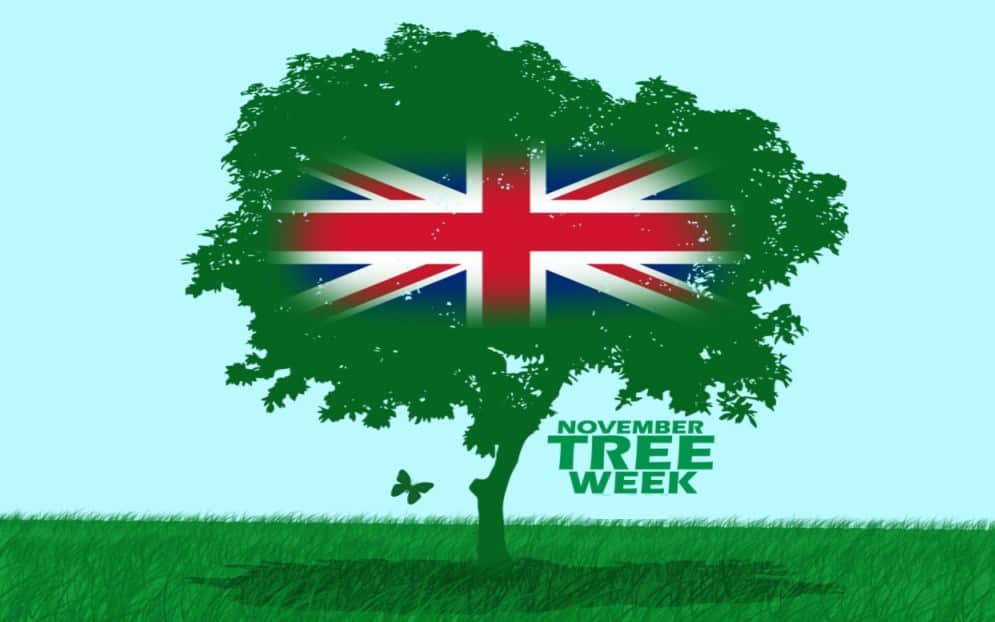National Tree Week
National Tree Week is the UK’s biggest annual tree celebration.
It was originally called Plant A Tree in ‘73 and started in 1973 in response to Dutch Elm Disease – a tree disease that stops them from getting water properly. It’s all about getting lots of communities to do more to help their local environment by planting as many trees as they can. So, why not incorporate this into your classroom by taking part in these activities? Help your class learn about the environment around them.
How did National Tree Week start?
In 1973, there was a big tree disease called the Dutch elm disease that affected elm trees. Two members of Parliament, Sydney Chapman and Peter Walker launched a campaign to raise awareness about this. The first celebration was called Plant a Tree in ‘73 and was a campaign to get people to plant lots of trees
How to celebrate in the classroom
Teach your class how important trees are for the environment. National Tree Week is the perfect time to celebrate our trees and remind your pupils about all they do.
Firstly, you can get your class to start thinking about trees in general. Ask and answer questions such as, how old are trees – using maths and how old trees can be.
Another way to celebrate in the classroom is to take a photograph of a tree near your classroom on a weekly basis. Use the photographs on a pictorial timeline around the class to identify the changes over the year. The week-on-week changes may not always be apparent but by arranging the photos in monthly rows, you should be able to see a dramatic change.
Use the pictures to ask the children what are the changes that they see and ask if they know what causes them. Give them the hint that it’s to do with the seasons and the changing temperature as well as hours of daylight.
Get outdoors
It’s the perfect time to get outdoors and get planting now that winter is upon us. Teach your pupils that we can all make a difference by planting a tree. Did you know that every tree will help us grow a greener future together?
Not only is it fun to plant trees, but you could also get your class to collect leaves and help them to identify the tree from which the leaf has fallen. You can have them write these all down and when they’re back in the classroom, research them some more.
You can even have your class pick up acorns and branches as they go and use these to identify which tree they came from.
How old is a tree?
Do you know how to find out how old a tree is? Can you tell if one tree is older than another tree, just by looking at it?
Older trees tend to be taller with a wider trunk.
One common way to find the age of a tree, is to count the annual rings.
Find a tree which has been cut down and look at the rings inside. Every year the tree grows a new layer of wood below the bark which makes the trunk grow wider. The rings vary in size, depending on the growth that has occurred. Tree growth is affected by the availability of nutrients, water and other factors.
National Tree week gives us an opportunity to celebrate the outdoors. Get your class learning with these National Tree week activities. The aim of this week is to help make everyone aware of the environment around them and help them think about how they can keep it safe and sustainable. Let us know what activities you do this week and share your pictures with us on Twitter and Instagram.






